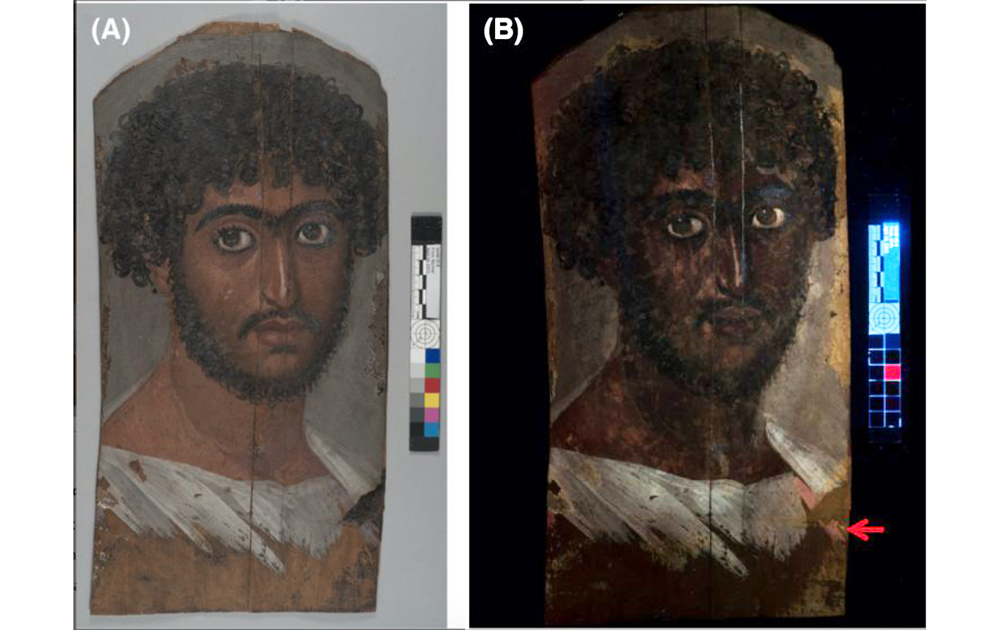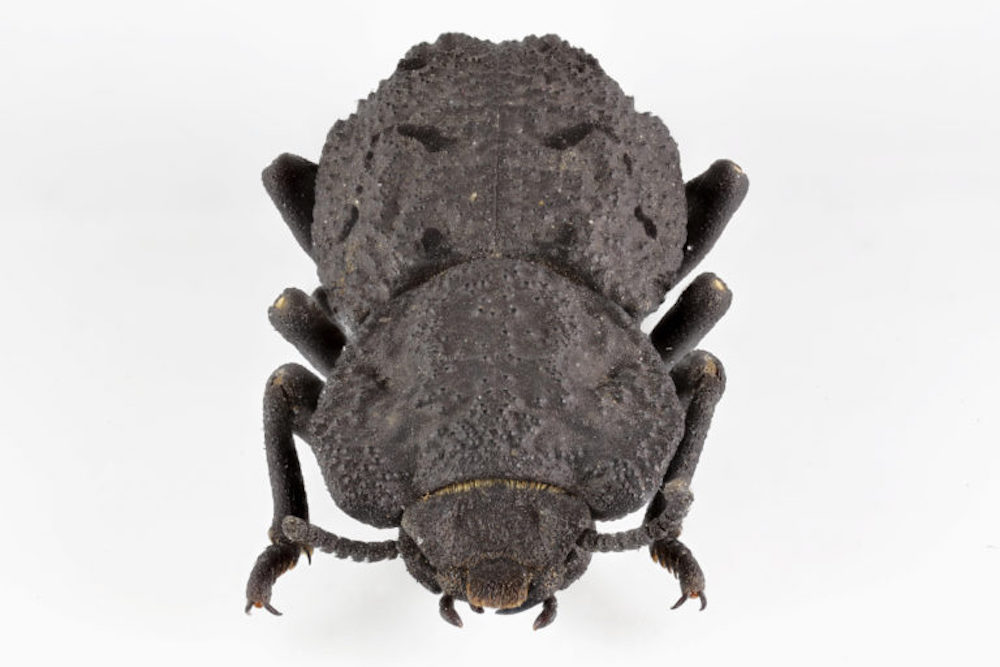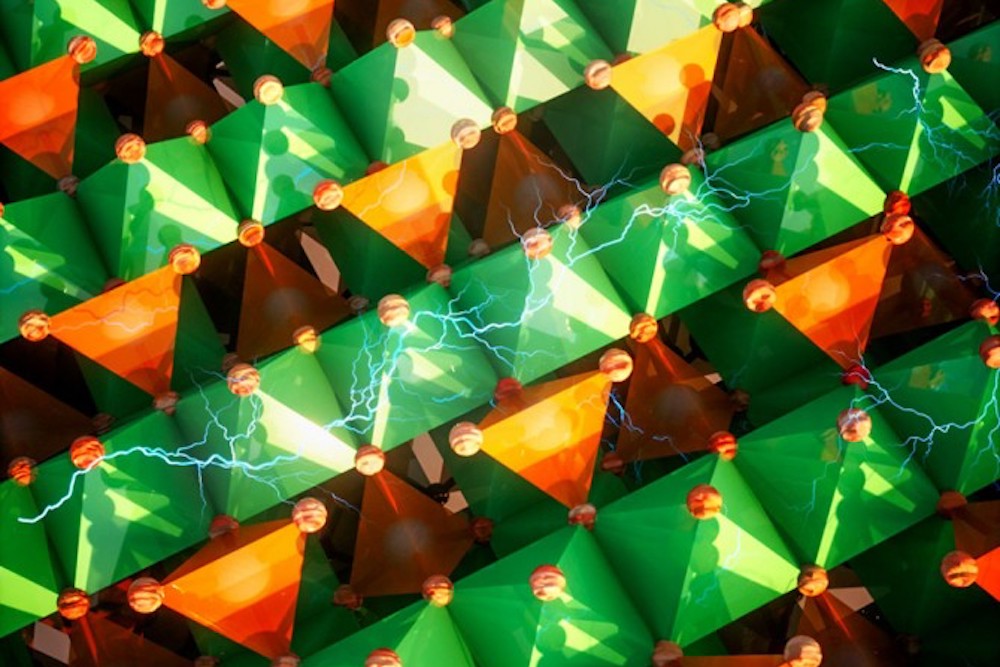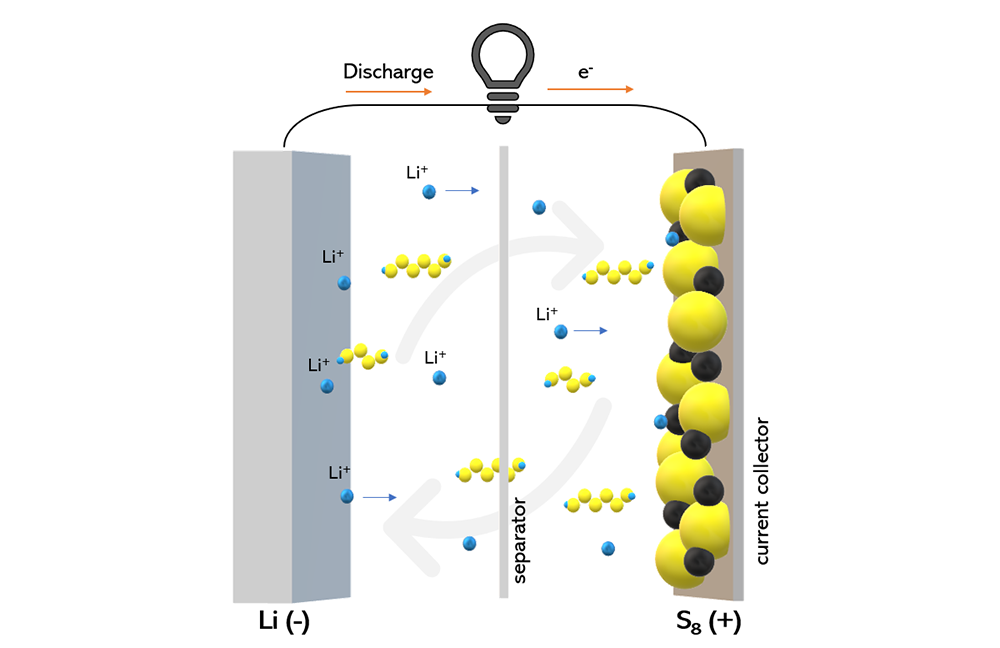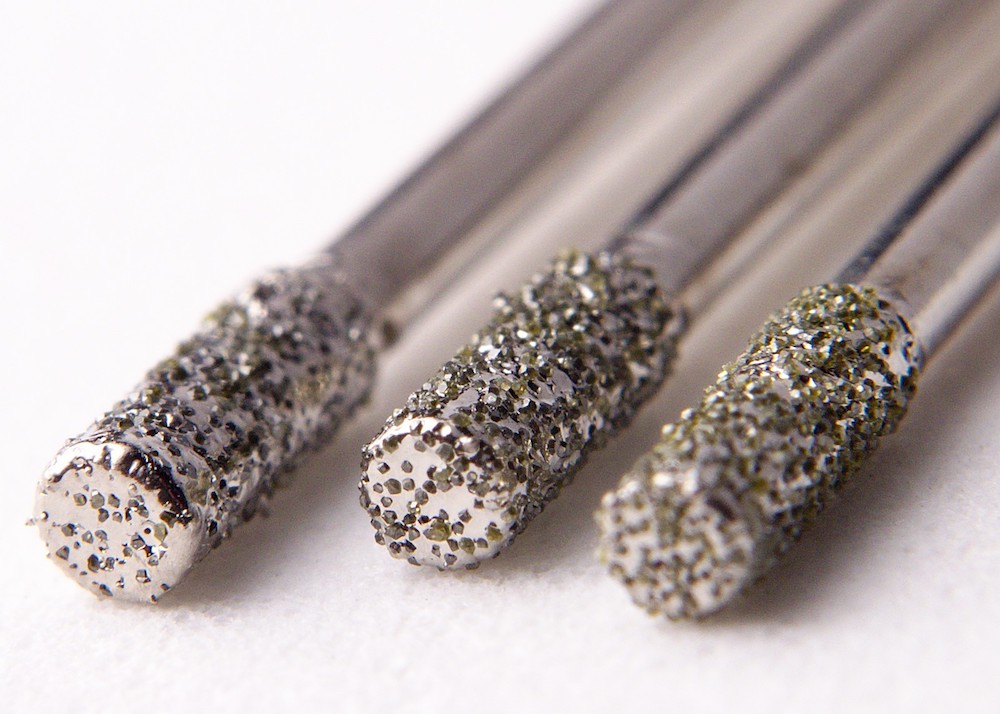Ancient mummy portraits that were buried with mummies in Roman Egypt still hold many secrets about how and why they were created. A new study takes a deep dive into the materials secrets hiding in an ancient pigment particle and discovers some interesting insights into the people who created these unique works of art.
Read MoreThe diabolical ironclad beetle can withstand crushing by forces up to 39,000-times its body weight. But what makes this little beetle so tough? A new study reveals some of the secrets the beetle stores in its tough exoskeleton, secrets that could aid in development of biomimetic materials and structures to join dissimilar materials in more robust ways.
Read MoreClay soils are essential raw materials in the ceramics industry. But how do manufacturers determine the potential of soils for industrial use when scoping out a new clay pit? An open-access study by three researchers in Mozambique shows how they evaluated soil potential based on samples extracted from the Manjacazi district.
Read MoreQuality control of graphene is a pressing challenge for suppliers of the 2D material. Yet recent research at Ames Laboratory offers a valuable way to assess the quality by evaluating broad components of the diffraction pattern that scientists overlooked for years.
Read MoreTo describe electronic charge transport in oxides, researchers rely on a small-polaron transport model that was developed six decades ago for binary oxides rather than higher-order systems. Researchers from Cornell University and Technion–Israel Institute of Technology have now updated the model with additional parameters to more accurately model complex oxide systems.
Read MoreHighly conductive carbon materials are frequently investigated as host materials for sulfur in lithium-sulfur batteries, but such cathodes struggle with loss of sulfur due to the carbon surface being nonpolar. An international team of researchers explored if using polar silica instead as the host material may improve cycling stability, even though silica is nonconductive.
Read MoreConventionally, theoretical models are unable to predict a material’s hardness from its crystal structure because the underlying physical principles are complex. A new machine learning model developed by two researchers at Skolkovo Institute of Science and Technology succeeds in making such predictions in a fast and reliable manner.
Read MoreUnderstanding the atomic structure of glass and other amorphous materials is difficult because, unlike crystals, the structure only consists of short-range and medium-range order; long-range order is absent. Researchers led by Aalborg University demonstrate how a topological method called persistent homology could help reveal a glass’s medium-range order structural features.
Read More

